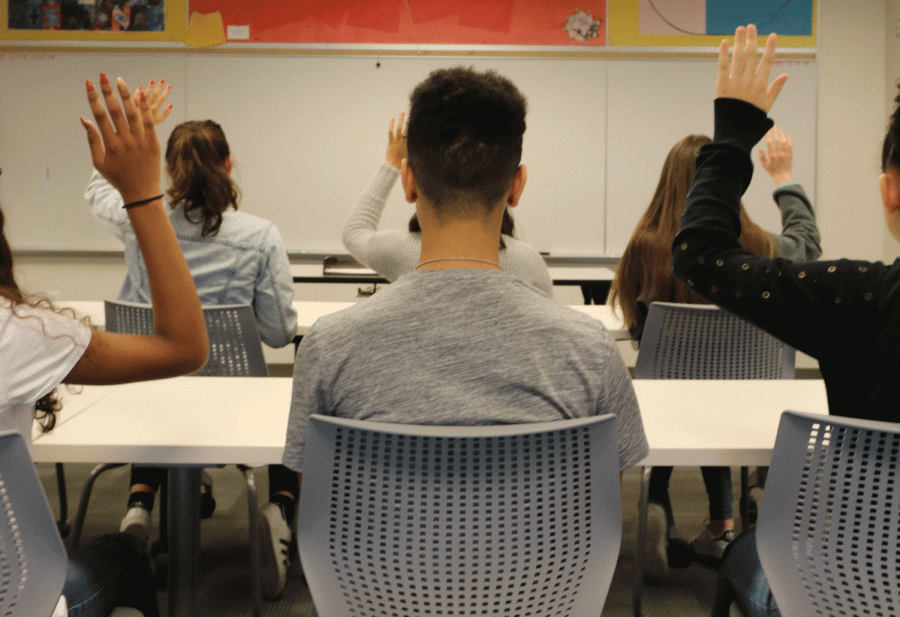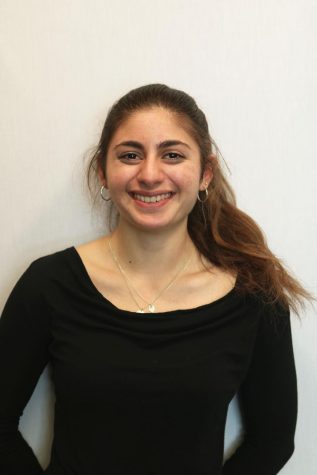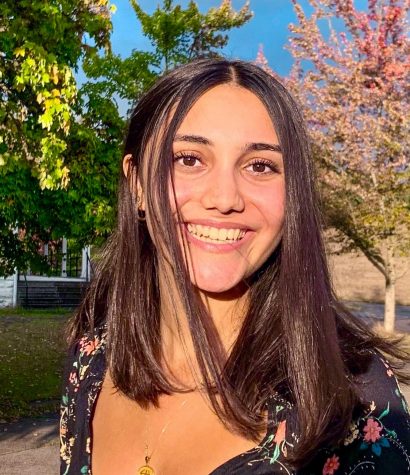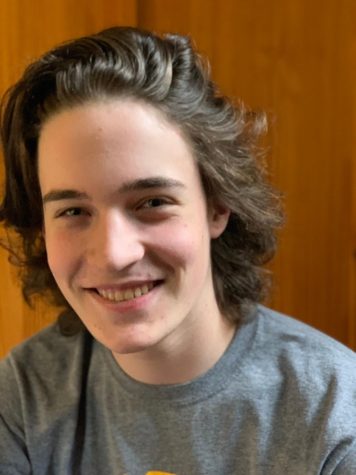Balancing The Classroom
Uncovering Gender Imbalance In UPrep Electives
Photo: Wally Bargeron
If you walk into University Prep’s fifth-period yoga class, you’ll find 14 female students twisting into pretzels, and only two male students stretching alongside them. The first-period yoga class has no boys.
These same imbalances can be found in this semester’s weight training classes and the Gender and Sexuality history elective.
The gender disparities present in certain classes are a result of students’ own choosing. Over time, certain classes at UPrep have been stereotyped as more feminine or masculine in nature. Gender norms associated with certain classes may be the reason there are only two boys in the Gender and Sexuality class and only three girls in computer science.
Fine arts and P.E teacher Jess Klein has taught the yoga elective for 12 years at UPrep.
Klein said this is the first time in her memory that there has been an all-girl yoga class.
Klein pointed out some of the gender misconceptions students may have when selecting physical education electives.
“There might be a stigma that, for yoga class, people think it’s not a workout, that it’s not physically challenging, which we know is not true,” Klein said. “That isn’t the culture we are trying to create here at UPrep.”
Sophomore Maylin Gasga is currently taking weight training and thinks all students are treated equally, yet notices that when it’s time to choose groups, genders self-divide.
“In class, workouts are pretty gender-segregated, and the three girls stay together while the guys have their own space,” Gasga said. “We don’t really integrate unless there is a whole class activity.”
In another male-heavy class, the English elective Science Fiction, junior Alexa Levy is one of four girls enrolled.
“I think there are definitely stereotypes that impact girls’ choices. Girls are taught at a young age to maybe steer towards romance or fiction while boys are encouraged to be interested in action and space,” Levy said. “This definitely plays into how we choose our classes in English now.”
Upper School English teacher Alec Duxbury created and teaches another English elective entitled “Masculine and Feminine: Ways of Seeing in the West.” Duxbury created the class to challenge the way students perceive gender in society.
In the class, now four years old, girls typically outnumber boys two to one, according to Duxbury.
The title of the course, Duxbury believes, could dissuade some male students from choosing the course.
“I think there is a sense that the class, because it has the word ‘feminine’ in it, might deter some boys,” he said.“For me, feminism means simply supporting women. But sometimes the word feminism becomes synonymous with strident, angry, man-hater.”
At the other end, the quantitative physics course taught by Ragani Narasimhan has historically seen higher male enrollment. Yet, in recent years the gender imbalance has slowly diminished.
From 2012 to 2015, the class had an average of 21% female and 79% male students, according to data Narasimhan provided.
This year, there are two periods of quantitative physics, and while the individual classes are not gender-balanced, the overall course is.
“It’s always like one period gets more women than the other. I don’t know why that happens, but totally, it is approximately 50%,” Narasimhan said.
Quantitative physics has a reputation for being a challenging and stressful course, yet also good preparation for college-level courses and rigor. Narasimhan created an information session for prospective quantitative physics students.
“I think that by having women there that they can talk to and realize that okay, the class was challenging, but not impossible, I think allows [women] to have that confidence that they can do well in the classroom,” Narasimhan said.
Outside of UPrep, female numbers in science are lacking. According to the American Association of University Women, “girls perform as well as boys in math and science classes in high school, but their participation in those fields drops off in college and ultimately in careers.”
These trends are evident in New York City independent schools. According to the New York Times, boys made up almost 67% of the most rigorous science and math-focused private high schools.
On the other end of the spectrum, Junior Liam Reese is one of two boys in the history elective Gender and Sexuality. He finds that, being the minority gender, he is more reluctant to participate.
“I feel like I agree with most of the students in my class, but sometimes, I’m just a little bit afraid to voice my opinion,” Reese said.
As one of the few male faces in the majority female class, Reese finds some of the topics difficult to discuss in class.
“We will have conversations about how men have taken [women’s] jobs or oppressed them. It’s not like I am getting blamed for it, but I have some of that guilt, and then it feels weird talking about it,” Reese said.
From Levy’s perspective, more male voices in the class are necessary, even during heated discussions.
“I think a lot of the topics in Gender and Sexuality are difficult, heavy and are intense to talk about, even for me as a girl, but I do think [boys’] perspectives are also really valuable and needed,” Levy said.
Reese believes it is
important for all
genders to talk about gender issues, and that a more balanced class would foster less discomfort.
“I don’t feel like it’s a place where my viewpoint isn’t accepted, but I feel a little bit weird sharing it,” Reese said.
Klein believes that gender balance in all UPrep classes is vital as it allows for diverse discussions and points of view.
“A diverse student class is great because you get to know students’ viewpoints that might be different than your own and develop empathy, compassion and
perspective,” Klein said.





